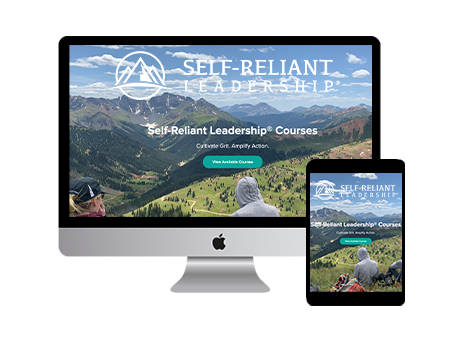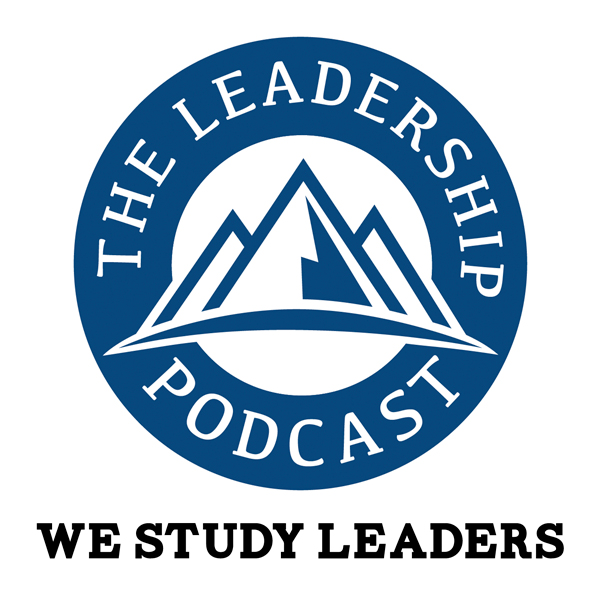The refrains of pain from the modern organization are familiar to us all, and the wish of many top executives is to have a team that’s aligned. An aligned team is in general agreement regarding the organization’s attributes, flaws, risks and opportunities. It’s also aligned when there is commitment as to how decisions are made to exploit opportunities and mitigate risk. The team is also aligned when processes support the best management of time, talent and treasury.
Regarding the management of talent (i.e., inspiring others), this includes clearly defining roles in the context of organizational design, hiring the appropriate people, and clearly articulating expectations with corresponding consequences for a job well done… or otherwise.
People support what they help create, and alignment requires the collective intelligence of a team made up of individuals who put the teams’ needs before their own. This is also known as being selfless. This takes courage. And a prerequisite of courage is curiosity.
Curious individuals wonder what could be accomplished with an aligned and diverse team of people looking at challenges and problems from different points of view. Curious individuals ask questions, build on the comments of others, hold their views lightly, and listen because they truly care to hear others’ thoughts, views, perceptions, and ideas.
An effective team knows healthy conflict is required, because true breakthroughs require breakdowns. Breakdowns are only possible when trust exists where people have the courage to be vulnerable, genuine, truthful, and above all else, selfless.
If you’re wondering how aligned your team is, first things come first. Ask your team to define courage. What do their answers tell you about how you have managed them?
Aristotle said it best, “Courage is the mother of all virtues because without it, you cannot consistently perform the others.” Isn’t a good leader first and foremost a virtuous person?
Self-Reliant Leadership is synonymous with knowing which questions to ask, and having the courage to answer those questions. Using those answers to make decisions, and act with incomplete information, also requires courage.
Courage can be giving up “control.” Can you adjust the leadership levers in your organization to create an environment that cultivates courage as a shared value and determinant of business alignment?






